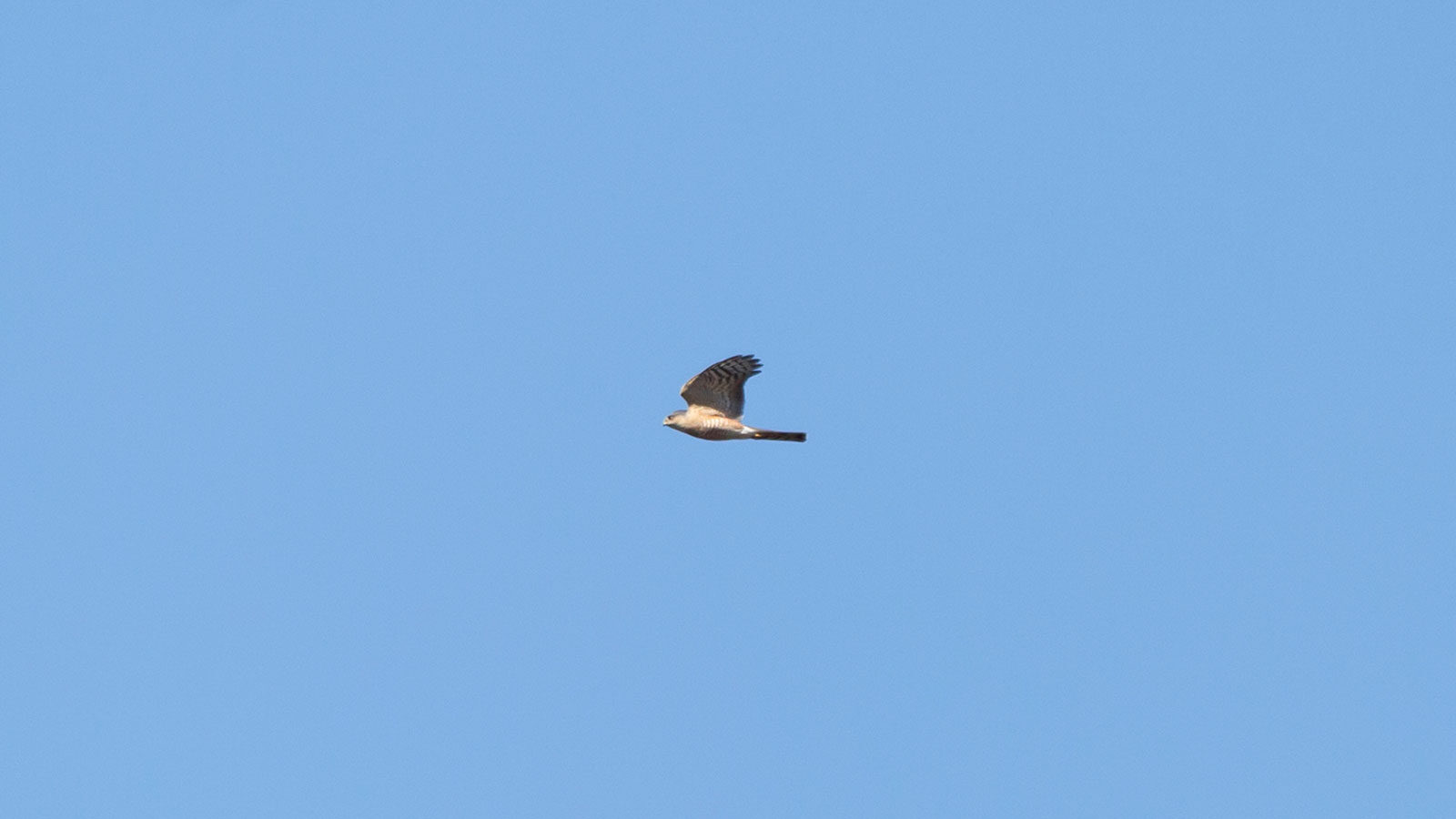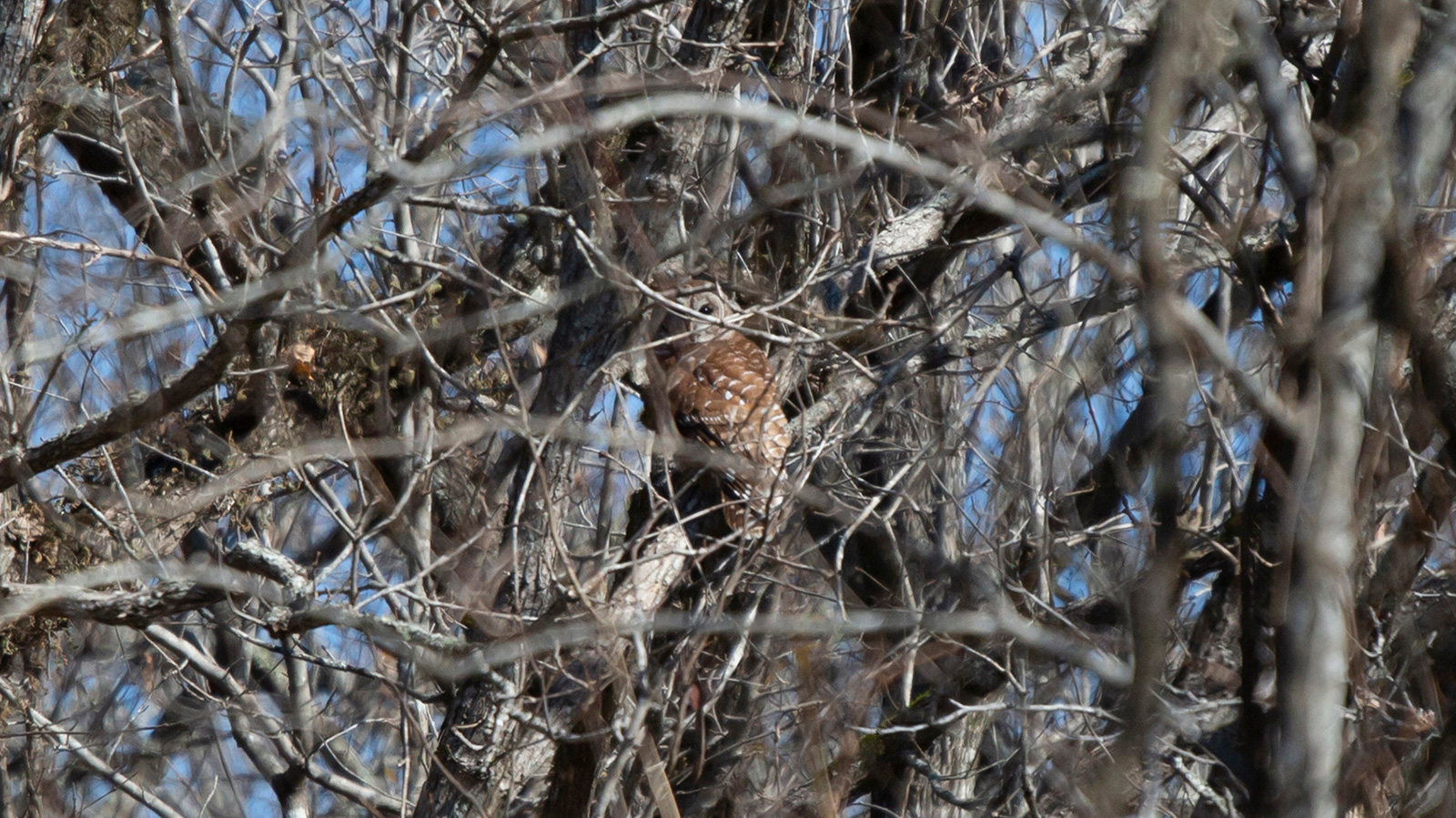At A Glance
Raptors – also known as birds of prey due to their … well, habit of preying on large bugs, small mammals, reptiles, amphibians, and even other birds – can be found throughout North Louisiana. It’s probably not a surprise to you that the more than two dozen hawks, owls, falcons, and eagles that live in or visit North Louisiana are raptors, but did you know that vultures are also raptors?
In fact, the turkey vulture – or more likely turkey vultures, since they seem to travel in packs – is the raptor you’re most likely to come across in this neck of the woods and waterways.
The second most likely raptor you are to see – or more likely hear – is the red-tailed hawk. The red-tailed hawk is known for its piercing cry, which is so powerful that it’s used as a stand-in for an eagle’s cry in movies.
Aside from these two birds, you’ll find Cooper’s hawks and their sharp-shinned mini-mes, red-shouldered, broad-winged, rough-legged, Swainson’s, and harris’s hawks, northern harriers, osprey, bald eagles, white-tailed and Mississippi kites, American kestrels, merlins, Peregrine falcons, black vultures, and numerous owls. Hang out in the right spots and you might even catch a golden eagle or a northern goshawk.
The locations in the badges are the biomes where we’ve met them (and where we think you’ll be most likely to come across them). That doesn’t mean they don’t hang out in other places.
Species of Raptors
Falcons
Eagles
By The Numbers
Learn more about raptors in North Louisiana.
Owls
Vultures
Hawks
Kites
Raptors

Bald Eagles
You'll meet bald eagles at lakes throughout North Louisiana. They're most likely to be soaring above the water or diving to grab a fish. You'll find more bald eagles in the winter, but you can find them year round.

Red-Tailed Hawks
Red-tailed hawks are the largest and most common hawks in North Louisiana. You'll meet these hawks near lakes, swamps, meadows, and even in yards year round. You're most likely to see them soaring through the sky.

Sharp-Shinned Hawks
These tiny hawks roam forested areas throughout North Louisiana in the winter, searching for unsuspecting songbirds to lunch on.

Mississippi Kites
Mississippi kites are forest birds, but they are becoming more common in towns in North Central Louisiana. You're just as likely to meet these birds soaring above your yard, or looking down from a limb over a business parking lot as in the forest. You're most likely to meet them in the late spring and summer in North Louisiana.

Ospreys
Osprey are making a comeback in North Louisiana, and you can find them in our area yearround. But, they tend to be more active in the late spring and summer when they nest. You're most likely to see them fishing in lakes and rivers or soaring above them. Ospreys are especially active at Lake D'Arbonne and Corney Lake in the Farmerville/Bernice areas.

Northern Harriers
You're most likely to meet a northern harrier as it soars over an open field. These hawks are winter visitors who hunt in dry and open fields near water. You'll find them in many of the same places that you find red-tailed hawks.

Red-Shouldered Hawks
These hawks are the most likely to be confused with their red-tailed cousins due to their similar body shape and size. You'll meet these slightly smaller hawks soaring over meadows or perched on a tree limbs.

American Kestrels
Kestrels hang out in grasslands and meadows near water. You can find these falcons in North Louisiana year round.

White-Tailed Kites
White-tailed kites migrate through North Louisiana in the fall and spring months. You're most likely to find them soaring above an open meadow or perched on a branch at the edge of a forest. These birds put on a really cool show as they do acrobatics as they hunt. You're most likely to meet these birds in the eastern part of the state.

Barred Owls
Barred owls hang out in North Louisiana all year long. You're most likely to meet them in heavily forested areas near creeks, bayous, and rivers.
Visit Our Wildlife
Explore North Louisiana's Outdoors.
Learn about birds found throughout North Louisiana's national wildlife refuges, Kisatchie National Forest ranger districts, state wildlife management areas, and state parks.